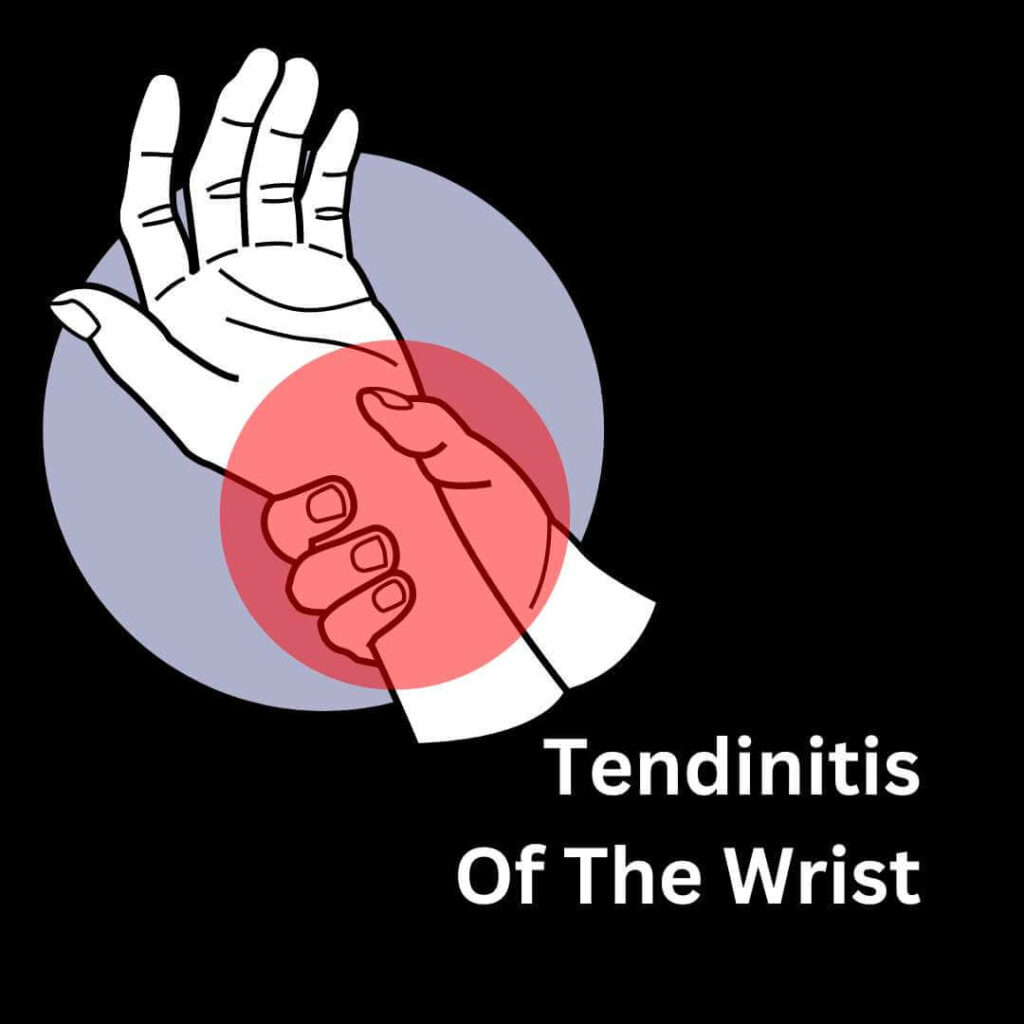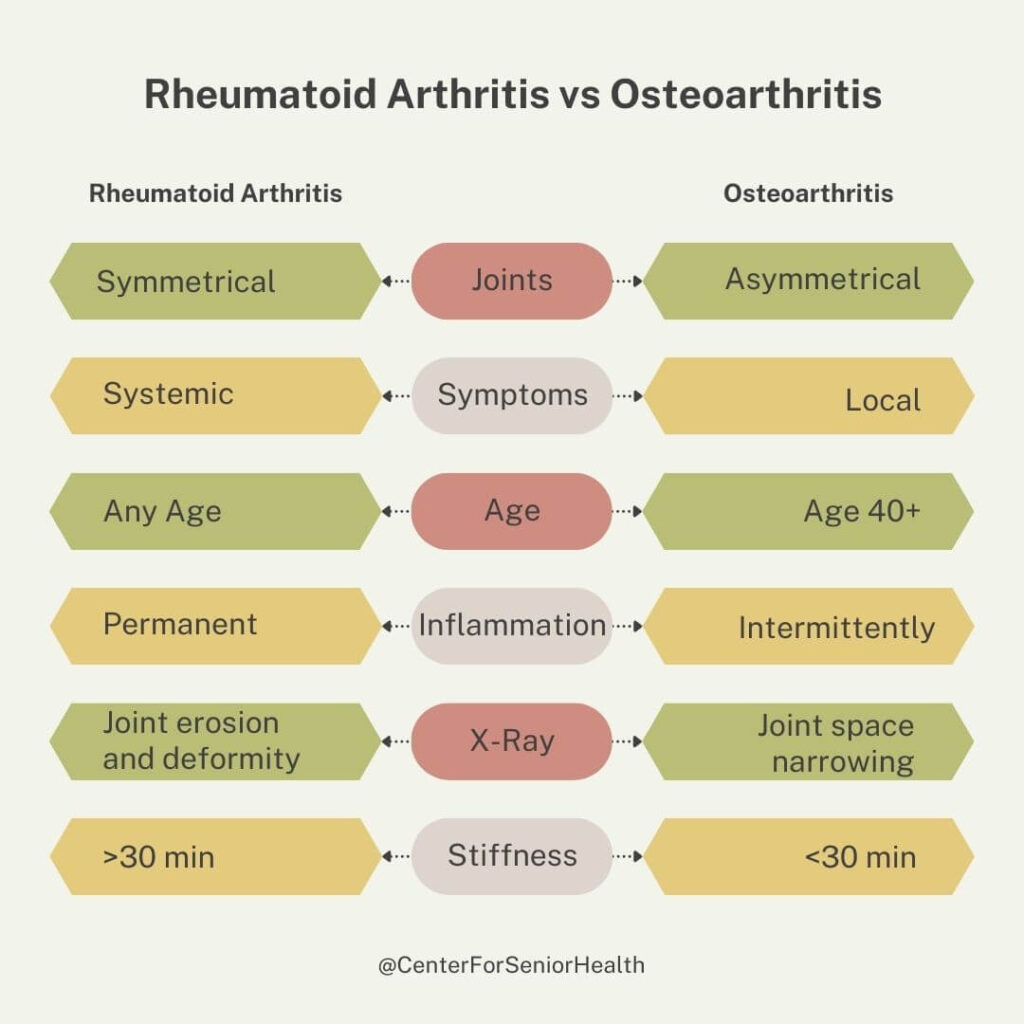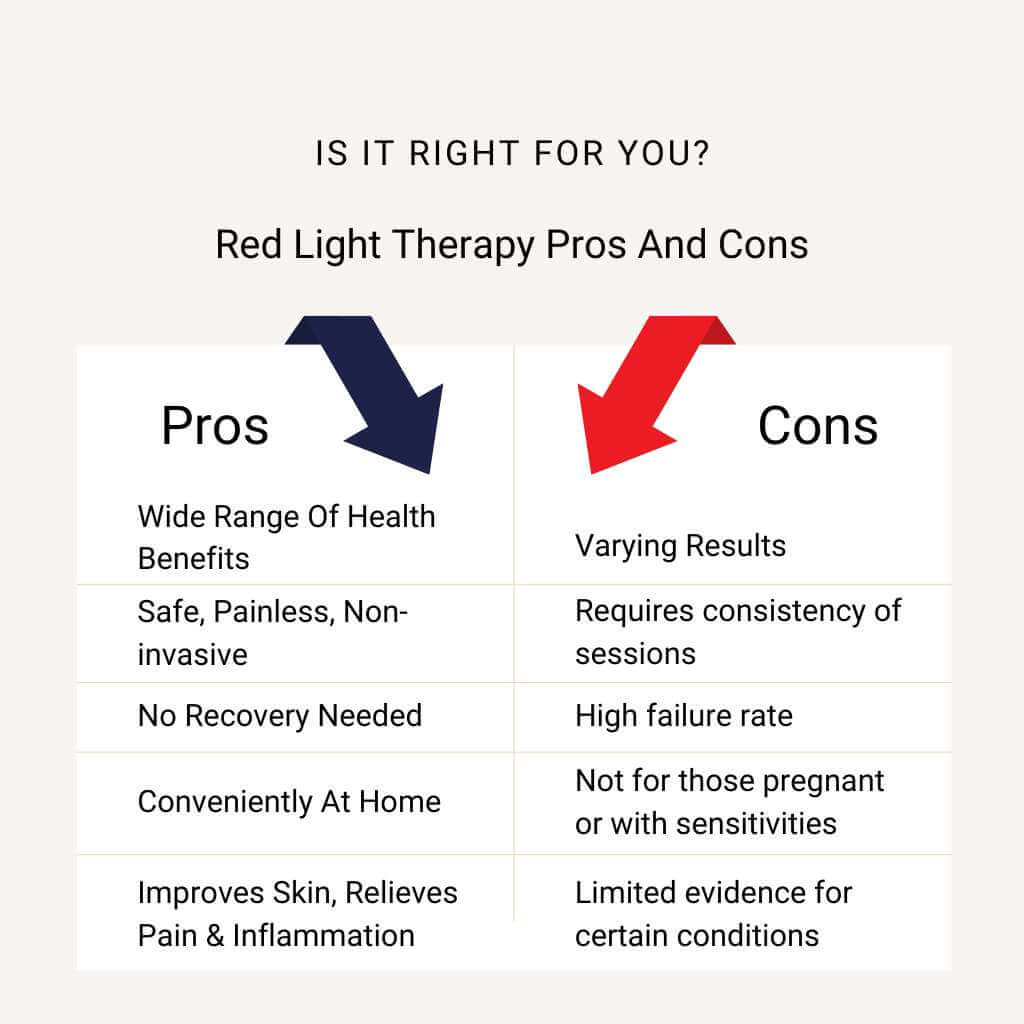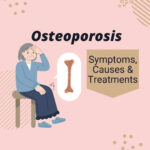Tendinitis of wrist, or wrist tendonitis, is a condition characterized by inflammation and irritation of the tendons in the wrist area. About 0.5% of men and 1.3% of women suffer from tendinitis of the wrist.
Tendons are tough, fibrous tissues that connect muscles to bones, enabling joint movement. When those are inflamed, you may experience pain during wrist movements.

Understanding Wrist Tendonitis Symptoms
- Pain: One of the most common symptoms is pain. The affected area may feel sore and tender to the touch. This discomfort typically occurs around the wrist joint where the tendons are inflamed. The pain is usually dull and passive.
- Tenderness, and swelling around the wrist joint: Swelling is another telltale sign of wrist tendonitis. The affected area may become visibly swollen and feel puffy or bloated and may limit your range of motion.
- Difficulty gripping objects or performing activities that require wrist movement: When your tendons are inflamed, it can become painful to grasp items firmly or engage in actions like twisting a doorknob or turning a key.
- Stiffness: You may notice that your wrist feels stiff when attempting to flex or extend it fully and bending your hand backward or forward becomes difficult.
Causes of Wrist Tendinitis
Overuse or Repetitive Movements: The primary cause of wrist tendonitis is overuse or repetitive movements that put strain on the wrist tendons. Activities such as typing for long hours, playing sports like tennis, or engaging in manual labor that involves constant use of the wrists can lead to the development of wrist tendonitis. When we repeatedly perform these actions without giving our wrists enough time to rest and recover, it puts excessive stress on the tendons, leading to inflammation and pain.
Poor Ergonomics: Another contributing factor to wrist tendonitis is poor ergonomics while using computers or tools. When our workstations are not set up properly or when we use tools with handles that do not provide proper support, we contribute to the development of wrist tendonitis.
Pre-existing Conditions: People with pre-existing conditions of arthritis, diabetes, or gout are at higher risk of developing this condition. These underlying conditions weaken the tendons and make them more prone to injury when subjected to repetitive motions or overuse.
Diagnosing Wrist Tendonitis: Symptoms and Evaluation
Medical professionals may follow these steps to identify the condition and determine the most appropriate course of treatment.
- Evaluating Symptoms: Assessing the symptoms experienced by the patient. Individuals with this condition often report pain, swelling, and tenderness in their wrists. The pain may be aggravated by activities that involve repetitive wrist movements or excessive force. Patients may also experience stiffness or a reduced range of motion in their affected wrists.
- Physical Exam: The doctor will examine both wrists for signs of swelling, redness, or warmth, which are common indicators of inflammation. He may also test range of motion and strength and ask patients to perform various movements involving flexion, extension, rotation, and gripping. Finally, palpating specific areas around the wrists helps doctors to pinpoint areas of tenderness. These tests help identify any limitations or weaknesses caused by tendon inflammation.
- Diagnostic Imaging Tests may be conducted to confirm or rule out alternative causes. X-rays are commonly used to rule out fractures or other bony abnormalities that could be contributing to wrist pain. MRI scans offer an even more detailed assessment of soft tissues like tendons.
Treatment Options for Wrist Tendonitis
Your healthcare provider may suggest the following treatments.
Non-invasive treatments
Rest and immobilization: One of the initial steps is giving your wrist a break. Resting the affected area can help reduce inflammation and prevent further damage. Splints or braces provide support and limit movement during the healing process. Avoid repetitive motions or activities that put strain on your wrist.
Physical therapy exercises focus on strengthening and stretching the muscles around the wrist joint, helping to improve flexibility and reduce pain. Hand therapy exercises are often recommended by occupational therapists or physical therapists specializing in hand rehabilitation. These exercises may include wrist curls, finger extensions, thumb stretches, and grip-strengthening exercises using resistance bands or therapeutic putty.
Occupational therapy to resolve the behaviors that cause the condition.
Red light therapy has shown promising results in reducing inflammation and promoting tissue repair in various musculoskeletal conditions, including tendinitis. By using red and near-infrared light to stimulate cellular activity, red light therapy can help accelerate the healing process and alleviate pain associated with wrist tendonitis.
Acupuncture is another alternative therapy that may offer relief for individuals suffering from wrist tendonitis, although more scientific studies needs to be done.
Drugs treatments
Nonsteroidal Anti-Inflammatory Drugs (NSAIDs) can help manage pain and reduce inflammation.
Corticosteroid Injections: In more severe cases have not provided sufficient relief, corticosteroid injections deliver powerful anti-inflammatory medication directly to the affected area, providing quick and targeted pain relief. However, it’s important to note that these injections are generally used sparingly due to potential side effects.
Surgery
Surgery is typically reserved for severe cases that do not respond to conservative treatments. Surgical procedures aim to repair damaged tendons and remove inflamed tissue to alleviate pain and restore function to the affected wrist.
There are certain risks involved that need careful consideration. Complications resulting from surgery can include infection, nerve damage, blood vessel injury, scarring, or even failure of the procedure itself.
During the surgery, the orthopedic surgeon will make a small incision in the affected area under general anesthesia or local anesthesia to access the damaged tendon or release pressure on the affected tendons within the wrist joint.
Risk Factors of Wrist Tendinitis
While wrist tendon pain can affect anyone, certain risk factors increase the likelihood of developing this painful condition.
- Engaging in repetitive motions or activities involving the wrists
- Poor posture or improper techniques
- Failing to warm up adequately before engaging in physical activity
- Jobs such as assembly line work, construction, or carpentry
Prognosis and Prevention of Wrist Tendinitis
The good news is that most cases have a favorable prognosis when appropriate treatment and lifestyle modifications are implemented. With timely intervention, individuals can expect significant improvement in their symptoms and a return to normal function.
Prevention: Taking Steps to Safeguard Your Wrists
In order to prevent the onset of wrist tendonitis, there are several proactive measures you can take:
- Maintain Proper Posture: Poor posture can put unnecessary strain on your wrists.
- Use Ergonomic Equipment: Investing in ergonomic equipment such as an adjustable keyboard tray or an ergonomic mouse can significantly reduce stress on your wrists during work.
- Avoid Overuse of the Wrists: Prolonged and repetitive movements can contribute to wrist tendonitis. Take regular breaks.
- Regular Stretching Exercises: Incorporating stretching exercises into your daily routine can improve flexibility and reduce the risk of developing wrist tendonitis.
Frequently Asked Questions
How long does it take to recover from wrist tendinitis?
The recovery time for wrist tendonitis varies depending on the severity of the condition and the individual’s commitment to treatment. In mild cases, rest and conservative treatments like icing and physical therapy can lead to improvement within a few weeks. However, more severe cases may require several months of consistent treatment and rehabilitation before significant relief is experienced.
Can wrist tendonitis come back after treatment?
Yes, there is a possibility of wrist tendonitis recurring even after successful treatment. It is crucial to address the underlying causes and risk factors to minimize the chances of recurrence.
Are there any home remedies for relieving wrist tendonitis pain?
Yes, there are home remedies that may provide temporary relief. Applying ice packs or warm compresses, practicing gentle stretching exercises, wearing supportive braces or splints, and red light therapy can help alleviate pain and reduce inflammation.
Can I still exercise with wrist tendonitis?
It depends on the severity of your condition. In most cases, moderate exercise can be beneficial for promoting healing and preventing stiffness in the affected area. However, high-impact activities that put stress on your hand and wrist or those that exacerbate symptoms should be avoided until you have fully recovered. It’s important to work closely with a healthcare professional or physical therapist for appropriate exercises.
Is surgery necessary for treating wrist tendonitis?
Surgery is typically considered as a last resort when conservative measures fail to provide relief. Most cases of wrist tendonitis can be effectively managed with non-invasive treatments such as rest, physical therapy, medication, or red light therapy. However, if conservative methods prove ineffective, surgery may be necessary.
Can wrist tendinitis affect my ability to work?
Wrist tendonitis can indeed impact your ability to work, especially if your job involves repetitive wrist movements of your hand or heavy lifting. It’s crucial to communicate with your employer about any limitations you may have due to the condition and explore options for ergonomic adjustments or modified duties that can accommodate your needs.
References
https://pubmed.ncbi.nlm.nih.gov/31727033/
https://pubmed.ncbi.nlm.nih.gov/35251436/
https://www.ncbi.nlm.nih.gov/pmc/articles/PMC3944593/
https://www.sciencedirect.com/science/article/pii/S2590109522000477
You May Also Like
- How To Improve Gut Microbiome – 26 May 2024
- Chemo neuropathy treatment: What to do? – 19 May 2024
- How to Prevent Osteoporosis: Effective Strategies & Simple Steps – 28 December 2023








